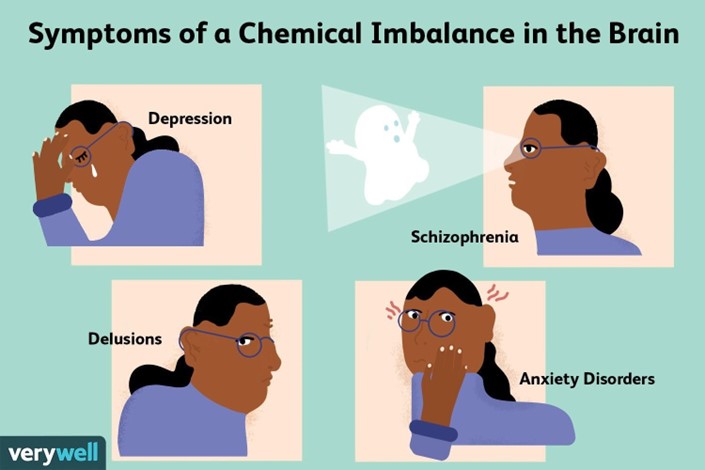A nurse is assigning tasks for the upcoming shift. Which of the following tasks should the nurse delegate to assistive personnel (AP)? (Select all that apply.)
Providing postmortem care to a client who has just passed away.
Instructing a client about the use of a spirometer.
Suctioning a client's newly inserted tracheostomy.
Transferring a client to radiology for x-rays.
Performing a simple dressing change on a client's arm.
Correct Answer : A,D,E
The correct answers are Choices A, D, and E.
Choice A rationale: Providing postmortem care to a client who has just passed away is a task that can be delegated to assistive personnel (AP). Postmortem care involves cleaning and preparing the body after death and is not a task that requires the specialized skills or judgement of a nurse. It is important to note that while the physical task of postmortem care can be delegated, the nurse is still responsible for providing emotional support and information to the family, coordinating with the morgue or funeral home, and completing any required documentation.
Choice B rationale: Instructing a client about the use of a spirometer is not a task that should be delegated to assistive personnel. Patient education requires assessment and evaluation of the patient’s understanding, which are nursing responsibilities. A spirometer is a medical device used to measure lung function and is often used after surgery to help prevent complications like pneumonia. Proper use of the spirometer is crucial to its effectiveness, so it is important that the instruction is clear and understood by the patient.
Choice C rationale: Suctioning a client’s newly inserted tracheostomy is not a task that should be delegated to assistive personnel. Tracheostomy care, especially suctioning, requires specialized skills and knowledge, as well as the ability to assess the patient’s respiratory status. Improper suctioning can cause trauma to the trachea, hypoxia, or infection. Therefore, this task should be performed by a nurse or other licensed healthcare professional.
Choice D rationale: Transferring a client to radiology for x-rays is a task that can be delegated to assistive personnel. This task involves physical assistance and does not require specialized nursing skills or judgement. However, the nurse should provide the AP with any necessary information about the patient’s condition, mobility, and any precautions that need to be taken during the transfer.
Choice E rationale: Performing a simple dressing change on a client’s arm is a task that can be delegated to assistive personnel. This task involves changing the bandages on a wound, which is a task that does not require specialized nursing skills or judgement. However, the nurse should ensure that the AP has been properly trained in dressing changes, understands the importance of infection control, and knows when to report any changes in the wound’s appearance.
Nursing Test Bank
Naxlex Comprehensive Predictor Exams
Related Questions
Correct Answer is B
Explanation
The nurse should include the statement "Delegation permits a designated individual to meet a goal on your behalf" in the teaching. This is because delegation allows the nurse to assign tasks to an AP who has the appropriate skills and knowledge to complete them, while still maintaining accountability for the outcome of the task.
Option A is incorrect because accountability for a delegated task remains with the delegator, not the AP.
Option C is incorrect because discharge teaching activities for clients cannot be delegated to an AP as they require nursing judgment and assessment.
Option D is incorrect because it is important for the nurse to follow up on delegated tasks even if the AP has completed them before to ensure that they have been completed correctly and that the client's needs have been met.
Correct Answer is D
Explanation
If a staff nurse suspects that a newly licensed nurse is chemically impaired, the staff nurse should notify the charge nurse of the situation. The charge nurse can then take appropriate action to address the situation and ensure patient safety.
Option A may be necessary at some point, but it should not be the first response.
Option B may also be necessary at some point, but it does not address the underlying issue.
Option C may not be appropriate as it may not be within the staff nurse's scope of practice to confront the newly licensed nurse regarding her behavior.

Whether you are a student looking to ace your exams or a practicing nurse seeking to enhance your expertise , our nursing education contents will empower you with the confidence and competence to make a difference in the lives of patients and become a respected leader in the healthcare field.
Visit Naxlex, invest in your future and unlock endless possibilities with our unparalleled nursing education contents today
Report Wrong Answer on the Current Question
Do you disagree with the answer? If yes, what is your expected answer? Explain.
Kindly be descriptive with the issue you are facing.
